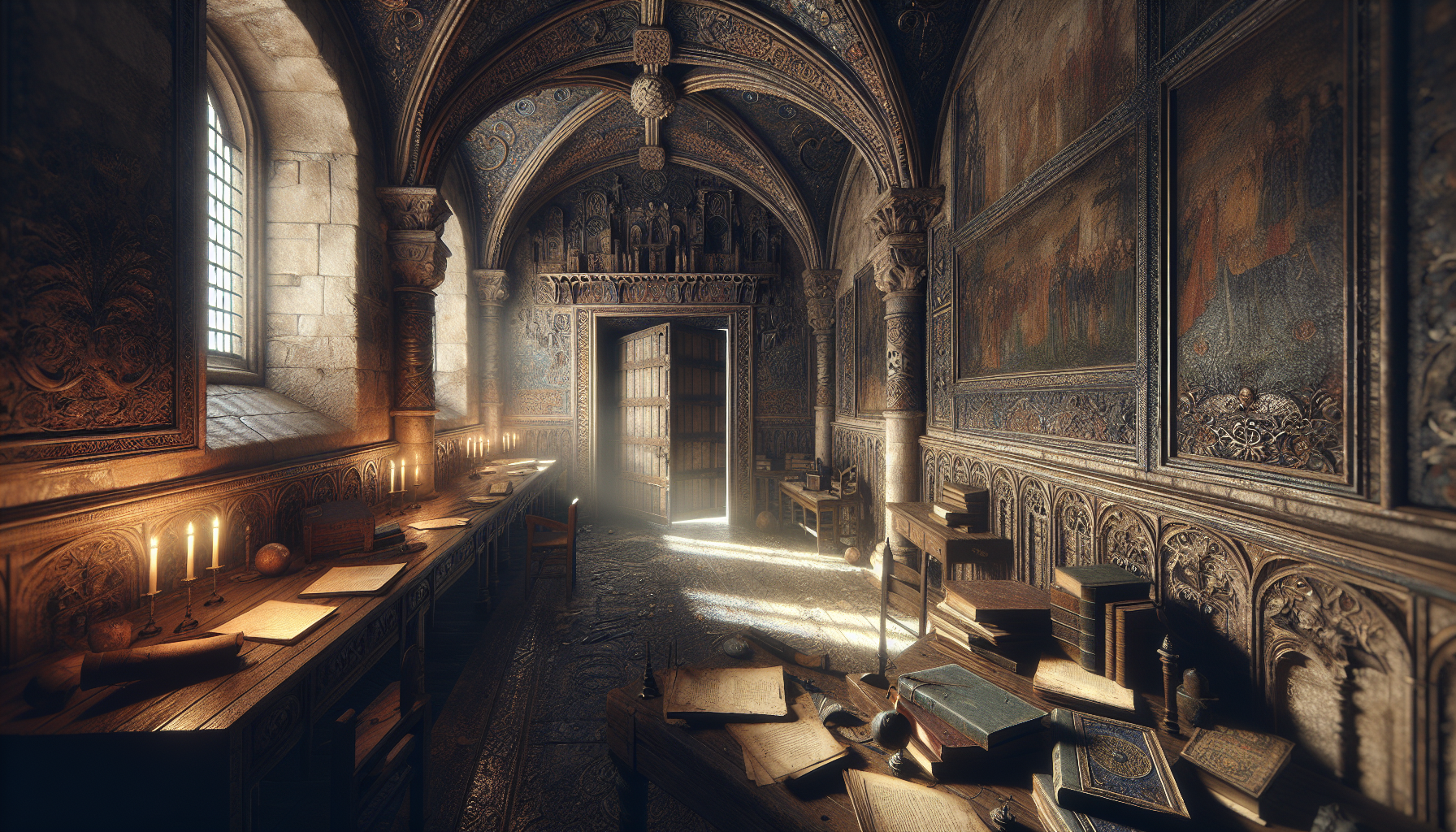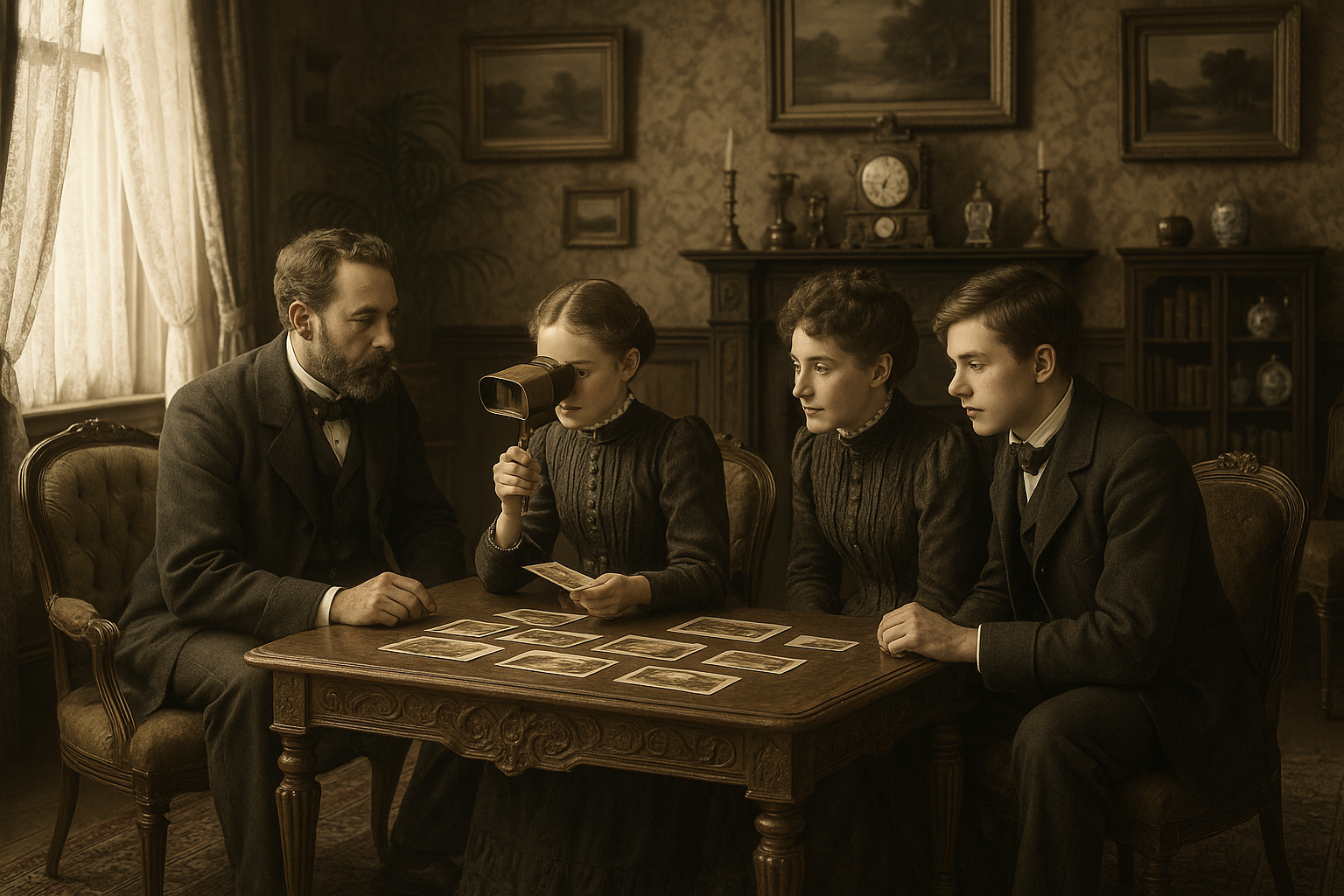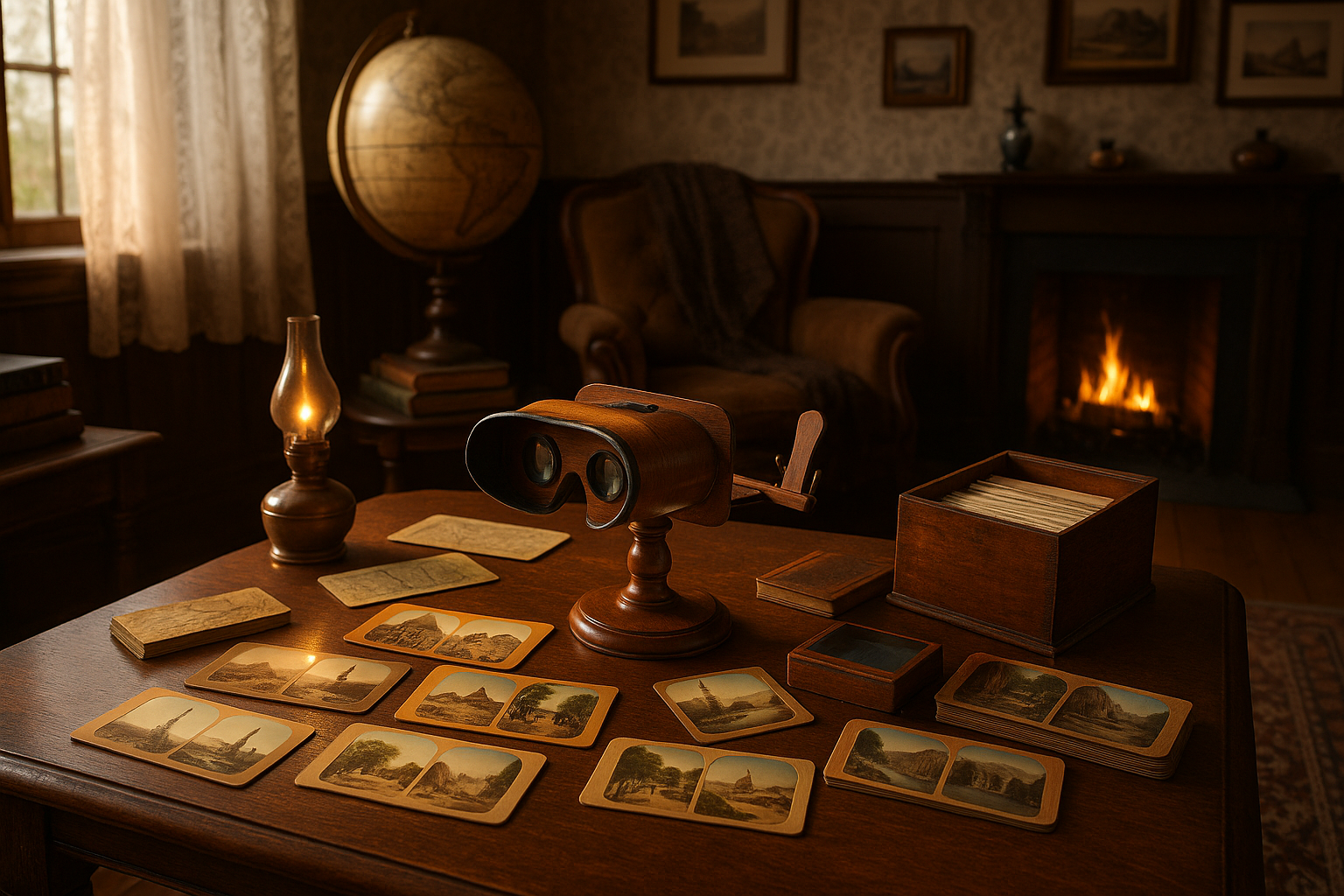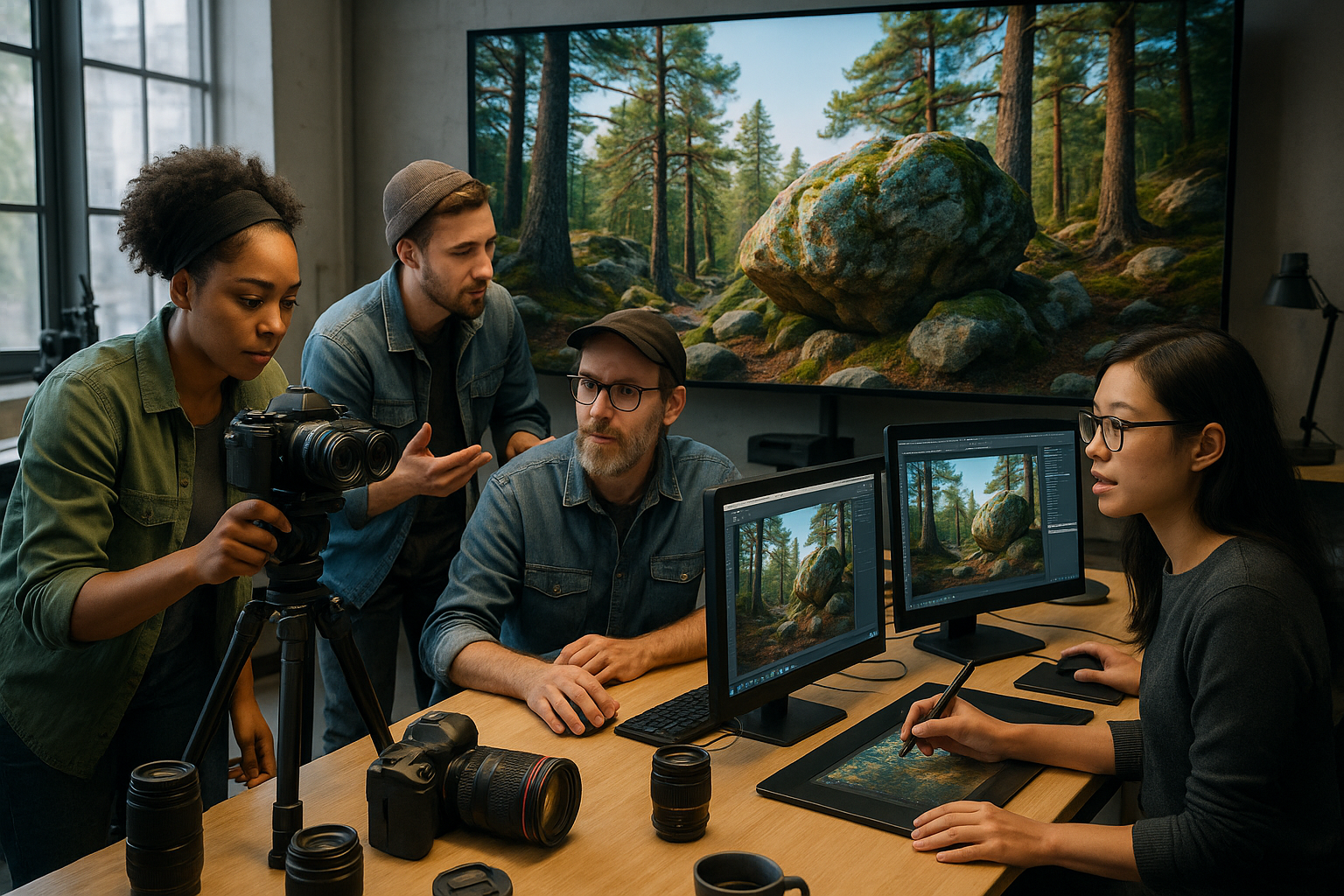In the heart of Europe, where ancient stone walls echo tales of yore, lies a world that beckons the curious and the courageous alike. Imagine walking through the grand entrance of a centuries-old castle, the air thick with history, as you step onto creaky wooden floors and into a realm shrouded in mystery. These are the Obscura Rooms—enigmatic chambers nestled within the sprawling layouts of historic castles, each holding secrets waiting to be unearthed. In a world where the past intertwines seamlessly with the present, these hidden sanctuaries offer a unique opportunity to delve into the mysteries of history while engaging in a cerebral challenge unlike any other. 🏰
The allure of Obscura Rooms is more than just their historical setting; it’s the invitation to immerse oneself in the narrative of a bygone era, to become a detective of history, piecing together stories left untold. Each room is a puzzle in itself, designed to test not just the intellect but the imagination of those who dare to enter. It’s a thrilling experience where history comes alive, offering a blend of education, adventure, and entertainment. As you turn each corner, you’re greeted with artifacts and clues, each whispering secrets of the past, urging you to solve the mysteries they guard.
These captivating experiences are crafted with precision, ensuring that every detail—from the cryptic codes etched into the stone walls to the ancient manuscripts waiting to be deciphered—serves a purpose. The puzzles are intricately tied to the history and legends of the castle, creating an immersive narrative that requires participants to think critically and creatively. In exploring these rooms, you’ll find yourself piecing together the lives of knights, noblemen, and royalty, all while racing against time to unlock the next chapter of the story. The adrenaline rush of discovery is matched only by the profound connection you feel to the historical figures who once roamed these halls.
But what truly sets the Obscura Rooms apart is the sense of wonder and exploration they evoke. In a world where digital experiences often dominate, there’s something profoundly captivating about engaging with the tangible elements of history. Touching the cold, hard stone of castle walls, smelling the aged wood of ancient doors, and hearing the echo of your footsteps on the same floors once tread by kings and queens transports you to another time. It’s a multisensory journey that enriches the mind and spirit, offering a rare glimpse into the lives and secrets of those who came before us.
Throughout this exploration, we’ll uncover the intricate designs of these rooms, the historical significance behind each puzzle, and the stories of the castles that house them. We’ll delve into the art of puzzle design, understanding what makes these challenges both engaging and educational. As we journey through the corridors of history, we’ll encounter tales of bravery, betrayal, love, and loss—each woven into the fabric of the Obscura Rooms. Whether you’re a history enthusiast, a puzzle aficionado, or someone seeking a unique adventure, join us as we discover the enchanting mysteries of Obscura Rooms in castles, where every secret is a doorway to the past and every puzzle a step into the unknown. 🌟
The Allure of Obscura Rooms: A Journey into the Unknown
Imagine stepping into a castle where each stone whispers tales of bygone eras, and every hallway might just lead to a hidden chamber. This is the enchanting world of obscura rooms, spaces veiled in mystery, tucked away within the grand architecture of historic castles. These rooms have been the subject of fascination for historians and enthusiasts alike, as they are often repositories of hidden treasures, secret passageways, and mind-boggling puzzles.
The concept of obscura rooms is not just about hidden spaces; it’s an invitation to experience history in an interactive and immersive way. Unlike traditional museum exhibits where one passively observes artifacts behind glass, these rooms engage the visitor directly. Participants are often required to solve puzzles and decode mysteries, which adds an element of adventure to the historical exploration. This interactive approach transforms a simple tour into a memorable journey through time, blending education with entertainment.
Furthermore, these enigmatic rooms serve as a reminder of the strategic and sometimes clandestine purposes they served. Historically, obscura rooms were designed for privacy and security. They could function as hiding spots during sieges, secret meeting places for conspirators, or storage areas for precious items. Each room tells a story not just of the era it was constructed in, but also of the lives of those who inhabited these magnificent castles.
Types of Obscura Rooms Found in Castles
When exploring the mystical world of obscura rooms, it’s important to understand that not all hidden chambers are created equal. The diversity of these rooms reflects the varied needs and creative architecture of different historical periods and cultures. Here, we delve into some of the most intriguing types of obscura rooms you might encounter in your journey through ancient castles.
Secret Chambers and Hidden Passages
Perhaps the most well-known types of obscura rooms are the secret chambers and hidden passages that weave through the bowels of many historic castles. These hidden spaces were often used for clandestine meetings or as escape routes during times of siege. In some cases, they were even constructed as part of the original architecture, intended to provide strategic advantages to those who knew their secrets. For the modern explorer, discovering these hidden passageways is akin to finding a forgotten thread in the vast tapestry of history.
These secretive spaces are often found behind false walls, beneath trapdoors, or concealed within elaborate staircases. The ingenuity of their construction reflects the cunning and resourcefulness of their designers, who aimed to create spaces that could remain undiscovered for centuries.
Escape Rooms and Puzzle Chambers
In recent years, the concept of obscura rooms has evolved with the introduction of escape rooms and puzzle chambers. These modern interpretations offer visitors the chance to engage directly with the historical narrative by solving complex puzzles that require both intellectual and physical prowess. Unlike traditional exhibits, these rooms encourage participants to interact with the environment, decipher clues, and piece together the stories of the past.
This innovative approach has proven to be incredibly popular, attracting not only history enthusiasts but also thrill-seekers and puzzle aficionados. By combining historical context with engaging gameplay, these escape rooms provide a unique opportunity to learn about history in a hands-on manner.
Treasure Vaults and Artifact Rooms
Another fascinating category of obscura rooms includes treasure vaults and artifact rooms. These hidden spaces often contain valuable items, rare artifacts, and historical documents that offer insights into the lives and times of those who once inhabited the castle. For historians and archaeologists, discovering these vaults can lead to significant breakthroughs in understanding historical contexts and societal structures.
For the visitor, these rooms provide a tangible connection to the past, allowing one to glimpse the wealth and opulence of former eras. The presence of these treasures, often preserved in their original conditions, adds an aura of authenticity and wonder to the castle exploration experience.
The Role of Technology in Unveiling Secrets
In our contemporary age, technology plays a pivotal role in uncovering and exploring obscura rooms within castles. Advanced techniques such as 3D scanning, thermal imaging, and ground-penetrating radar have revolutionized the way historians and archaeologists approach these enigmatic spaces. These technologies allow for the non-invasive exploration of structures, providing detailed insights into the architecture and layout of hidden chambers without the need for physical excavation.
3D scanning, for example, creates highly detailed digital models of obscura rooms, allowing researchers to study intricate details that might otherwise be missed. This technology can also help in reconstructing damaged or incomplete structures, offering a glimpse into how these rooms might have looked in their prime. Similarly, thermal imaging can reveal hidden passageways and chambers by detecting temperature variations in the walls and floors.
Ground-penetrating radar is another powerful tool used to discover obscura rooms. By sending radar waves into the ground, this technology can identify anomalies and voids that may indicate the presence of hidden chambers. This method has been instrumental in uncovering numerous obscura rooms that were previously unknown, expanding our understanding of historical architecture and the ingenious methods used by castle builders.
These technological advancements not only enhance our understanding of the past but also make the exploration of obscura rooms more accessible and engaging for the general public. By incorporating these technologies into guided tours and interactive exhibits, visitors can experience the thrill of discovery in a safe and informative environment.
Engaging with History: Interactive Tours and Virtual Experiences
The allure of obscura rooms is not limited to physical exploration alone. With the advent of virtual reality and augmented reality, people from all over the world can now engage with these fascinating spaces without ever leaving their homes. Virtual tours of castles and their obscura rooms offer an immersive experience, allowing users to explore these historic spaces in intricate detail.
Augmented reality applications enhance in-person visits by overlaying digital information onto the real-world environment. This technology can provide visitors with historical context, interactive maps, and even guided tours led by virtual historians. By merging the digital and physical realms, these applications offer a richer and more engaging experience, bringing history to life in unprecedented ways.
Interactive tours, both virtual and in-person, often incorporate elements of storytelling and gamification to capture the imagination of participants. By framing the exploration of obscura rooms as an adventure, these tours appeal to a wide audience, from families and students to history buffs and thrill-seekers.
Virtual Reality Adventures
Virtual reality (VR) technology offers an entirely new dimension to the exploration of obscura rooms. Through VR headsets, users can step into a digital recreation of a castle, complete with interactive obscura rooms. These virtual experiences are often designed with meticulous attention to detail, providing a highly realistic and immersive journey into the past.
For those who are unable to travel to these historic sites, VR provides a valuable opportunity to experience the wonder and mystery of obscura rooms. By offering a 360-degree view of these spaces, VR tours allow users to explore every nook and cranny, uncovering hidden details that might be missed during a physical visit.
Incorporating elements of storytelling, these virtual adventures often feature narratives that guide users through the exploration process, providing historical context and engaging challenges along the way. This approach not only educates but also entertains, making history accessible to a broader audience.
Augmented Reality Experiences
Augmented reality (AR) applications enhance the exploration of obscura rooms by overlaying digital information onto the real-world environment. These apps can provide visitors with a wealth of information about the history and significance of each room, as well as interactive elements that engage the user in solving puzzles or uncovering hidden secrets.
By using AR, visitors can access additional layers of information that might not be immediately apparent during a physical tour. This technology can highlight architectural features, explain historical events, and even reconstruct missing or damaged elements of the castle. By blending the digital and physical realms, AR offers a comprehensive and engaging exploration experience.
Interactive Storytelling and Gamification
The exploration of obscura rooms is often enhanced through interactive storytelling and gamification. By framing the journey as an adventure, tours can captivate participants and encourage them to engage with the historical narrative. Story-driven tours often feature characters, plotlines, and challenges that immerse participants in the experience, transforming a simple exploration into a memorable adventure.
Gamification elements, such as puzzles, quests, and challenges, further enhance the exploration experience by providing participants with objectives to achieve and mysteries to solve. These interactive elements not only make the exploration of obscura rooms more engaging but also encourage participants to think critically and creatively, enhancing their understanding of history and architecture.
The Thrill of Discovery: Unveiling Hidden Secrets
One of the most compelling aspects of exploring obscura rooms is the thrill of discovery. The moment when a hidden chamber is revealed or a long-forgotten passage is uncovered is a moment of excitement and wonder, offering a tangible connection to the past. For historians and archaeologists, these discoveries can provide valuable insights into the lives and times of those who once inhabited the castle, offering new perspectives on historical events and cultural practices.
For the casual visitor, the thrill of discovery lies in the sense of adventure and exploration. Uncovering hidden secrets and solving puzzles provides a unique and immersive experience that transports participants back in time. This sense of discovery is often enhanced by the historical context and storytelling elements that accompany the exploration of obscura rooms.
Moreover, the thrill of discovery is not limited to the physical realm. Virtual and augmented reality experiences offer their own sense of wonder, allowing users to explore hidden chambers and uncover secrets from the comfort of their own homes. These digital adventures provide an accessible and engaging way to experience the mysteries of obscura rooms, making history accessible to a wider audience.
Uncovering Historical Mysteries
Each obscura room holds the potential to reveal historical mysteries that have remained hidden for centuries. Whether it’s a secret chamber filled with valuable artifacts or a hidden passageway that offers new insights into the castle’s architecture, these discoveries provide valuable information about the past.
For historians and archaeologists, the discovery of obscura rooms can lead to significant breakthroughs in understanding historical events and cultural practices. By examining the contents and construction of these hidden spaces, researchers can gain new insights into the lives of those who once inhabited the castle and the historical context in which they lived.
These discoveries not only enhance our understanding of history but also contribute to the preservation and restoration of historical sites. By uncovering hidden chambers and artifacts, historians can develop new preservation strategies that protect these valuable cultural resources for future generations.
Experiencing the Wonder of the Past
The exploration of obscura rooms offers a unique opportunity to experience the wonder of the past firsthand. By uncovering hidden secrets and solving puzzles, participants can step into the shoes of historical figures and experience the thrill of discovery for themselves.
This immersive experience is often enhanced by the historical context and storytelling elements that accompany the exploration of obscura rooms. By engaging with the narrative and solving puzzles, participants can gain a deeper understanding of the historical events and cultural practices that shaped the world we live in today.
Whether exploring in person or through virtual and augmented reality, the exploration of obscura rooms offers a unique and engaging way to connect with the past. By uncovering hidden secrets and solving mysteries, participants can experience the wonder and excitement of history in a way that is both educational and entertaining.
Solving Puzzles and Uncovering Secrets
One of the most engaging aspects of exploring obscura rooms is the opportunity to solve puzzles and uncover hidden secrets. These challenges often require participants to think critically and creatively, enhancing their understanding of history and architecture.
The puzzles found in obscura rooms can vary widely in complexity and style, from simple riddles to intricate mechanical challenges. By engaging with these puzzles, participants can gain a deeper understanding of the historical context and cultural practices that shaped the world we live in today.
The thrill of solving a puzzle and uncovering a hidden secret offers a sense of accomplishment and wonder, making the exploration of obscura rooms a memorable and rewarding experience. By engaging with these challenges, participants can experience the excitement of discovery and connect with the past in a unique and engaging way.
Watch this video to dive deeper into the enchanting world of obscura rooms: The Enigma of Obscura Rooms: History’s Hidden Secrets – Channel History Hunters
| Type of Obscura Room | Characteristics | Historical Purpose |
|---|---|---|
| Secret Chambers | Hidden behind false walls or trapdoors | Clandestine meetings, escape routes |
| Escape Rooms | Puzzle-based, interactive | Modern reinterpretations for engagement |
| Treasure Vaults | Contain valuable artifacts | Storage of wealth and important items |
As you explore the enchanting world of obscura rooms, remember that each hidden chamber holds a story waiting to be uncovered. Whether you’re delving into history through interactive tours or experiencing the thrill of discovery in person, the mysteries of these hidden spaces offer a unique and engaging way to connect with the past.
- Discover secret chambers and hidden passages.
- Engage with interactive tours and virtual experiences.
- Solve puzzles and uncover historical mysteries.

Conclusion
As we conclude our exploration of the enchanting mysteries of obscura rooms in castles, it is crucial to reflect on the myriad of fascinating insights we have uncovered. These hidden chambers, often steeped in history and shrouded in secrecy, offer an unparalleled glimpse into the past. They invite us to engage with history in a manner that is both interactive and intellectually stimulating, offering a unique blend of education and entertainment.
Throughout our journey, we delved into the architectural brilliance of these obscura rooms, marveling at their intricate designs and the ingenuity behind their construction. These chambers were not merely utilitarian; they were crafted with a purpose, often serving as secret meeting spots, safe havens, or places to safeguard treasures and sensitive information. The architectural sophistication required to create these spaces without detection underscores the advanced engineering skills of the times and invites modern observers to appreciate the blend of form and function that these rooms represent.
In addition to their architectural allure, the obscura rooms in castles are treasure troves of historical intrigue. They tell stories of the individuals who inhabited them, from the nobility seeking refuge or privacy to the artisans who painstakingly constructed these hidden spaces. Each room is a portal to a different era, offering clues to the social, political, and cultural dynamics of its time. Through these rooms, we gain insights into the lives and secrets of historical figures, their ambitions, their fears, and their innovations.
One of the most captivating aspects of these obscura rooms is the puzzles and riddles they often contain. Designed to challenge the intellect and wit of those who dared to explore them, these puzzles serve as a bridge between the past and present, allowing modern-day adventurers to engage directly with history. Solving these puzzles requires not only a keen mind but also an appreciation for the historical context, offering a holistic experience that
Toni Santos is a visual historian and artisan whose creative lens is captivated by the forgotten marvels of antique optical devices. Through his thoughtful storytelling, Toni revives the instruments that once transformed light into wonder—camera obscuras, magic lanterns, kaleidoscopes, and other ingenious tools that shaped our earliest visual imaginations.
His journey is rooted in a fascination with how humans have long sought to bend, reflect, and reveal the unseen. Whether tracing the mechanical poetry of 19th-century projectors or illustrating the tactile elegance of early lenses, Toni’s work invites us to see vision itself as an evolving art form.
Blending handcrafted design with historical inquiry, Toni brings to life the material soul of these devices—celebrating not just how they functioned, but what they meant. His creations and curated stories illuminate a world where science, illusion, and beauty were intricately linked through glass and brass.
As the curator of Vizovex, Toni shares detailed studies, reconstructed artifacts, and immersive content that help others rediscover the origins of visual technology and the magic of analog perception.
His work is a tribute to:
The craftsmanship behind early visual instruments
The wonder of seeing through the eyes of another century
The intersection of optics, art, and imagination
Whether you’re a collector, a designer, or someone drawn to the lost poetry of vision, Toni welcomes you into a world where light is a storyteller—one prism, one lens, one forgotten invention at a time.





